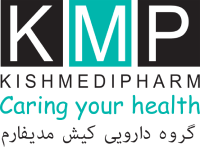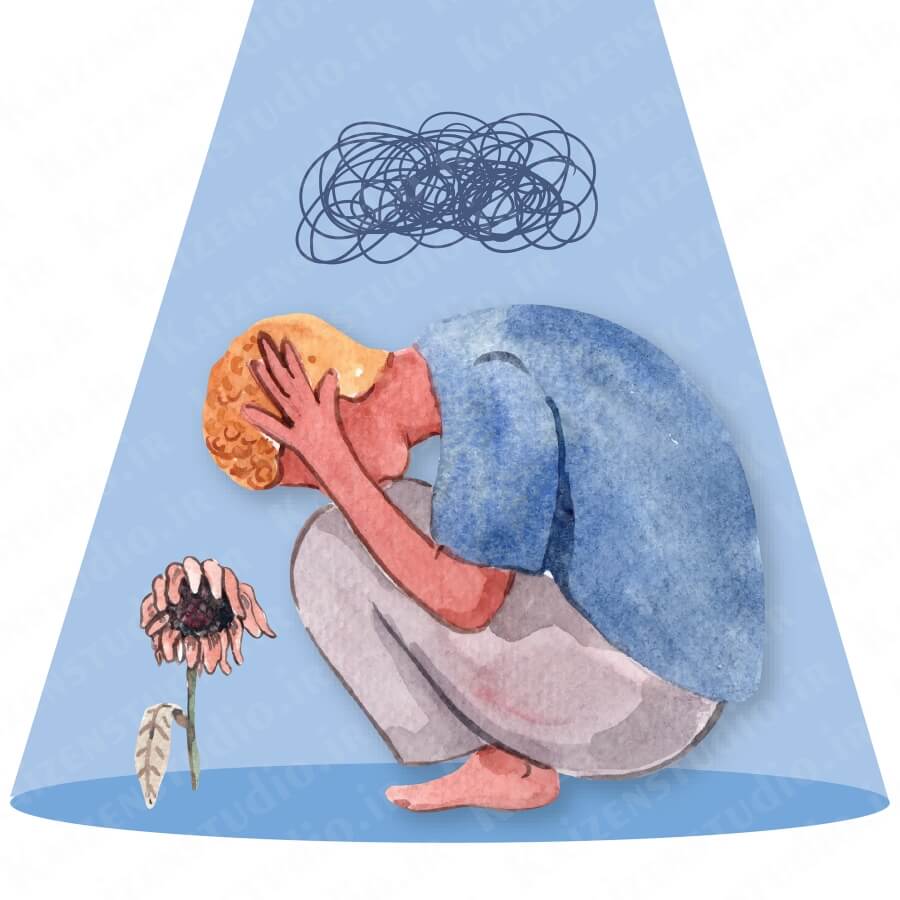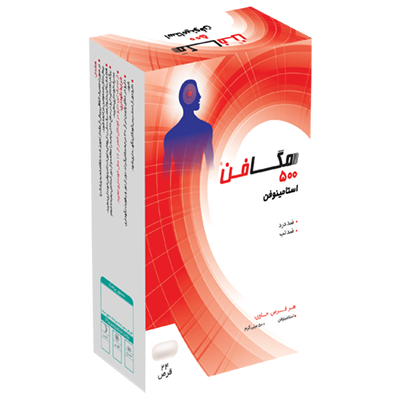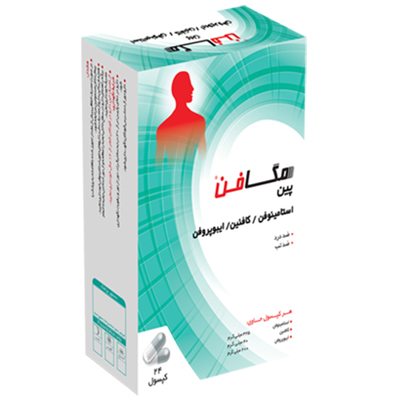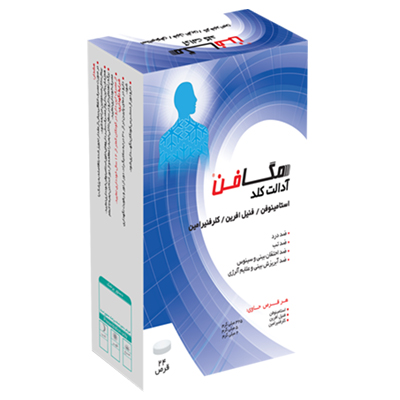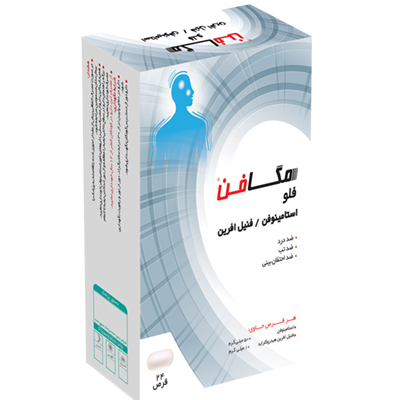Depression is a common mental illness that disrupts a person's mental state and varies in severity and type. If left untreated, it may lead to more serious disorders such as anxiety disorders or personality disorders. As a result, the depression model must be identified at the beginning in order to take the necessary measures to resolve it. In this article, we will introduce the types of depression, of course, diagnosing the severity and type of depression through Depression symptoms and tests It is performed by a specialist.
Major depression
Major depression Major Depression, or clinical depression, is a common mental illness that has a severe impact on a person's life. This type of depression is usually chronic and persistent and can have adverse effects on personal relationships, work, education, and other aspects of a person's life. Symptoms of major depression include feelings of extreme hopelessness and sadness, decreased energy and activity, loss of appetite or overeating, drowsiness or insomnia, impaired concentration and attention, negative thoughts, and suicidal thoughts. These symptoms usually last for a period of more than two weeks and can be diagnosed and treated.
The exact cause of major depression is not yet fully understood, but it is believed that genetic factors, stress, hormonal changes, and lifestyle may play a role. Treatment for major depression involves a combination of medication and psychological therapies.
Antidepressants and antianxiety medications, such as selective serotonin reuptake inhibitors and noramphetamines, are used as drug treatments. Psychological methods, such as counseling, psychotherapy, breathing exercises, mental health training, and lifestyle changes, can also help reduce symptoms of major depression.
Drug-induced depression
Drug-induced depression, also known as substance-induced depression, is a mental condition that typically occurs in people who are addicted to drugs. This type of depression can be caused by a variety of drugs, including legal and illegal drugs. The main cause of drug-induced depression is due to the chemical effects of drugs on the brain.
Drugs may increase levels of hormones such as dopamine and serotonin in the brain, which create a pleasurable feeling and create an addictive state. However, after repeated use of drugs, levels of these hormones decrease, causing depression and anxiety in the person.
Symptoms of drug-induced depression include feelings of sadness and extreme depression, decreased energy and activity, loss of appetite or overeating, changes in weight, drowsiness or insomnia, difficulty concentrating and paying attention, negative thoughts, and suicidal thoughts. These symptoms usually last for a long period of time and may cause further problems in the person's life.
Treatment for drug-related depression involves a combination of pharmacological and psychological therapies. Pharmacological treatments include antidepressants and anti-anxiety medications. Psychological methods such as counseling, psychotherapy, breathing exercises, and psychoprotective exercises can also help reduce the symptoms of drug-related depression.

Bipolar depression
Bipolar disorder is a mental illness characterized by extreme and rapid changes in a person's emotional state. In this illness, a person may experience long periods of extreme sadness and sadness, known as a "depressed state." Also, a person may experience other periods of extreme elation, euphoria, and restlessness, known as a "passive state."
Symptoms of bipolar depression include feelings of extreme hopelessness and sadness, decreased energy and activity, loss of appetite or overeating, drowsiness or insomnia, difficulty concentrating and paying attention, negative thoughts, and suicidal thoughts. Also, during periods of mania, a person may experience negative thoughts and escalate their thoughts, experience dangerous consequences without feeling afraid, and put their actions at risk.
Treatment for bipolar depression includes a combination of: Pharmacological and psychological treatments Medications used to treat this disease include antidepressants, antipsychotics, including Quemind Antianxiety medications, seizure inhibitors, and medications to reduce hyperactivity are some of the treatments available. Psychological methods such as counseling, psychotherapy, breathing exercises, mindfulness exercises, and lifestyle changes can also help reduce symptoms of bipolar depression.
If you or your loved ones are experiencing symptoms of bipolar depression, it is best to consult a specialist doctor or psychologist as soon as possible. Timely and proper treatment of this disease can provide recovery and a return to normal.
Depression related to life circumstances
This type of depression usually occurs due to relationship problems, financial problems, job pressures, stressful situations, relationship problems, financial problems, job problems, etc. In treating this type of depression, cognitive-behavioral methods, cognitive-behavioral therapy, and psychotherapy may be used.

Seasonal or seasonal depression
Seasonal affective disorder is a type of depression that occurs during the colder seasons of the year, especially in late fall and winter. It is more common in countries with long, cold winters, such as Canada and northern European countries. The cause of this type of depression is not yet fully understood, but it is thought that the reduced sunlight during the winter can affect the nervous system and increase levels of the hormone melanotropin in the body.
This hormone is responsible for regulating the body's biological clock, and its increase may cause feelings of fatigue, sleepiness, and depression. Symptoms of seasonal depression include feelings of sadness and depression, decreased energy and activity, loss of appetite, sleep disturbances, weight gain, boredom, and lack of concentration.
These symptoms typically worsen in late fall and winter and improve in spring and summer. Treatment for seasonal affective disorder includes psychological and pharmacological interventions. Some pharmacological treatments, such as antidepressants, phototherapy, and vitamin D and folic acid supplements, can be helpful in treating this type of depression. Lifestyle changes, such as dietary changes, exercise, regular sleep, and psychologically protective practices, can also help reduce symptoms of seasonal affective disorder.

Postpartum depression
Postpartum depression is a mental disorder that occurs in some women after giving birth.
Postpartum depression, or postpartum depression, is a mental disorder that occurs in some women after giving birth. In this condition, a woman experiences depression, sadness, fear, anxiety, and feelings of worthlessness after giving birth, which may be severe and affect her daily life.
Symptoms of postpartum depression include feelings of chronic sadness and worry, self-criticism and lack of self-confidence, decreased energy and performance, sleep disturbances, and extreme mood swings. A person may also experience physical symptoms such as headaches, sweating, heart palpitations, and abdominal pain.
Treatment for postpartum depression involves a combination of medications and psychological approaches. Anti-anxiety and antidepressant medications can help reduce symptoms, and psychological approaches such as behavioral analysis, psychotherapy, counseling, and mindfulness exercises can also help a person cope with the illness.
If you or your loved ones are experiencing symptoms of postpartum depression, it is best to consult a specialist doctor or psychologist as soon as possible. Timely and proper treatment of this disease can provide recovery and a return to normal. Also, care and support from family and loved ones can also
Anxiety depression
Anxiety depression, or depressive anxiety disorder, is a type of mental disorder characterized by feelings of distress and anxiety. In this condition, a person often experiences a chronic feeling of worry, fear, discomfort, and constant stress that can be overwhelming and interfere with their daily lives.
Symptoms of anxiety depression include feelings of chronic sadness and worry, excessive fear and stress, self-criticism and lack of self-confidence, decreased energy and performance, sleep disturbances, and extreme mood swings. A person may also experience physical symptoms such as headaches, sweating, heart palpitations, and abdominal pain.
Treatment for anxiety depression involves a combination of medications and psychological approaches. Anti-anxiety and antidepressant medications can help reduce symptoms, and psychological approaches such as behavioral analysis, psychotherapy, counseling, and mindfulness training can also help a person cope with the illness. If you or a loved one is experiencing symptoms of anxiety depression, it is best to consult a specialist doctor or psychologist as soon as possible. Timely and proper treatment of this disease can provide recovery and a return to normal.
Premenstrual dysphoric disorder
Premenstrual dysphoric disorder, or PMDD, is a premenstrual disorder that occurs in some women before their period begins. In this condition, a woman experiences depression, anxiety, irritability, anger, mood swings, and severe pain and discomfort before her period, which can be severe and impair her quality of life.
Symptoms of PMDD include feelings of chronic sadness and worry, irritability and depression, excessive anger and irritability, severe mood swings, breast pain and abdominal discomfort, sleep disturbances, and extreme fatigue. Treatment for PMDD involves a combination of medications and psychological approaches.
Anti-anxiety and antidepressant medications can help reduce symptoms, and medications such as prostaglandins, serotonin inhibitors, and others are used. Psychological methods such as psychotherapy and counseling can also help a person cope with the disease.
Depression model of schizophrenia
Depression Schizophrenia One of the complications of schizophrenia is that people with schizophrenia experience severe depression. Schizophrenic depression may be accompanied by symptoms such as negative thoughts, along with feelings of hopelessness, distrust, fatigue, and decreased energy.
People with schizophrenia often experience symptoms such as delusions and hallucinations, extreme reactions to everyday events, and decreased motivation and enjoyment of daily activities. People with schizophrenia may also respond unexpectedly to treatment for depression and may require specific medications, which must be prescribed by a specialist.
Conclusion
In general, the treatment of depression should be based on its type and its causative factors, and may require the cooperation of several medical professionals. It is important to note that you should strictly avoid taking medications on your own and be sure to contact a doctor specializing in any field to improve the situation.
